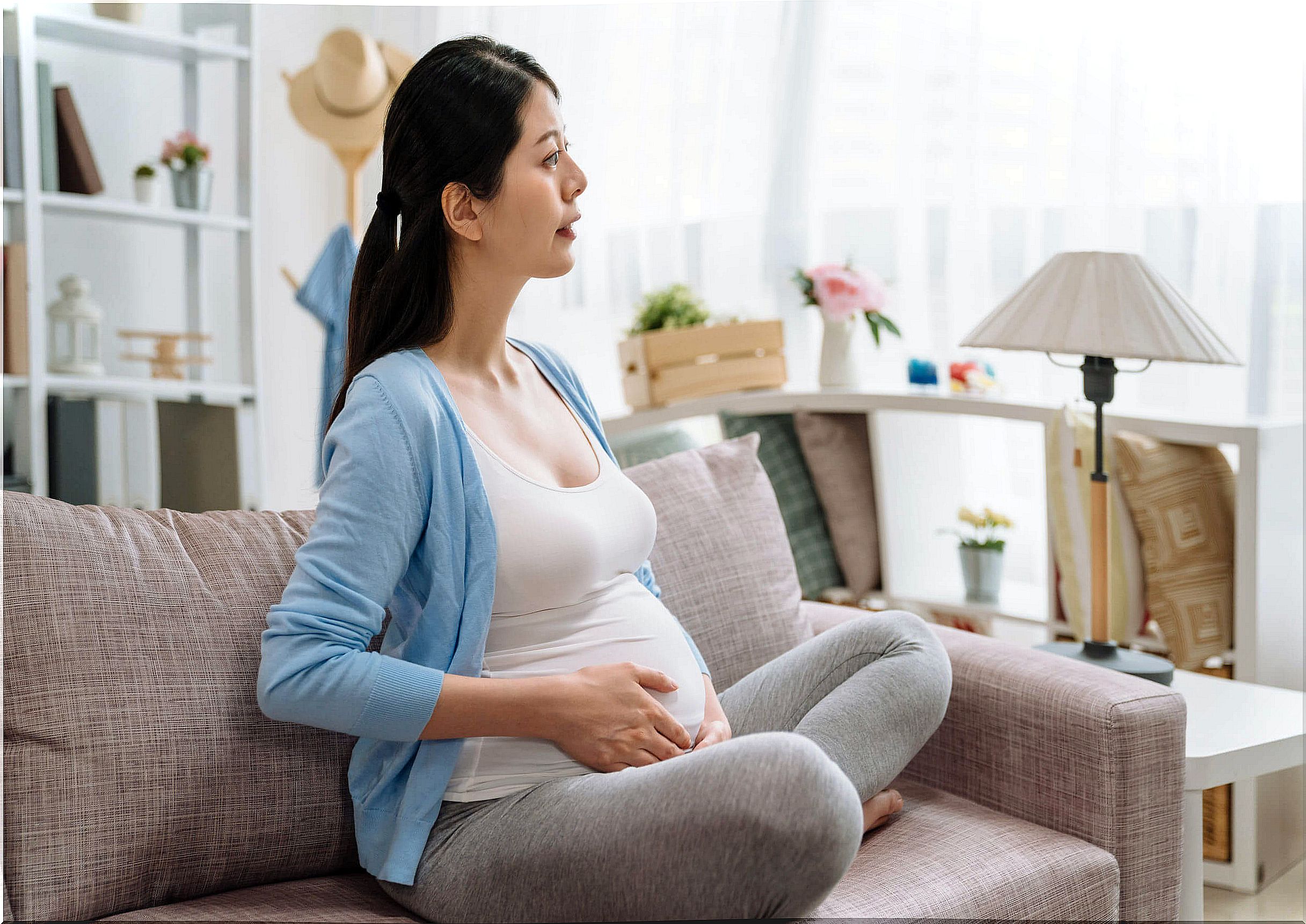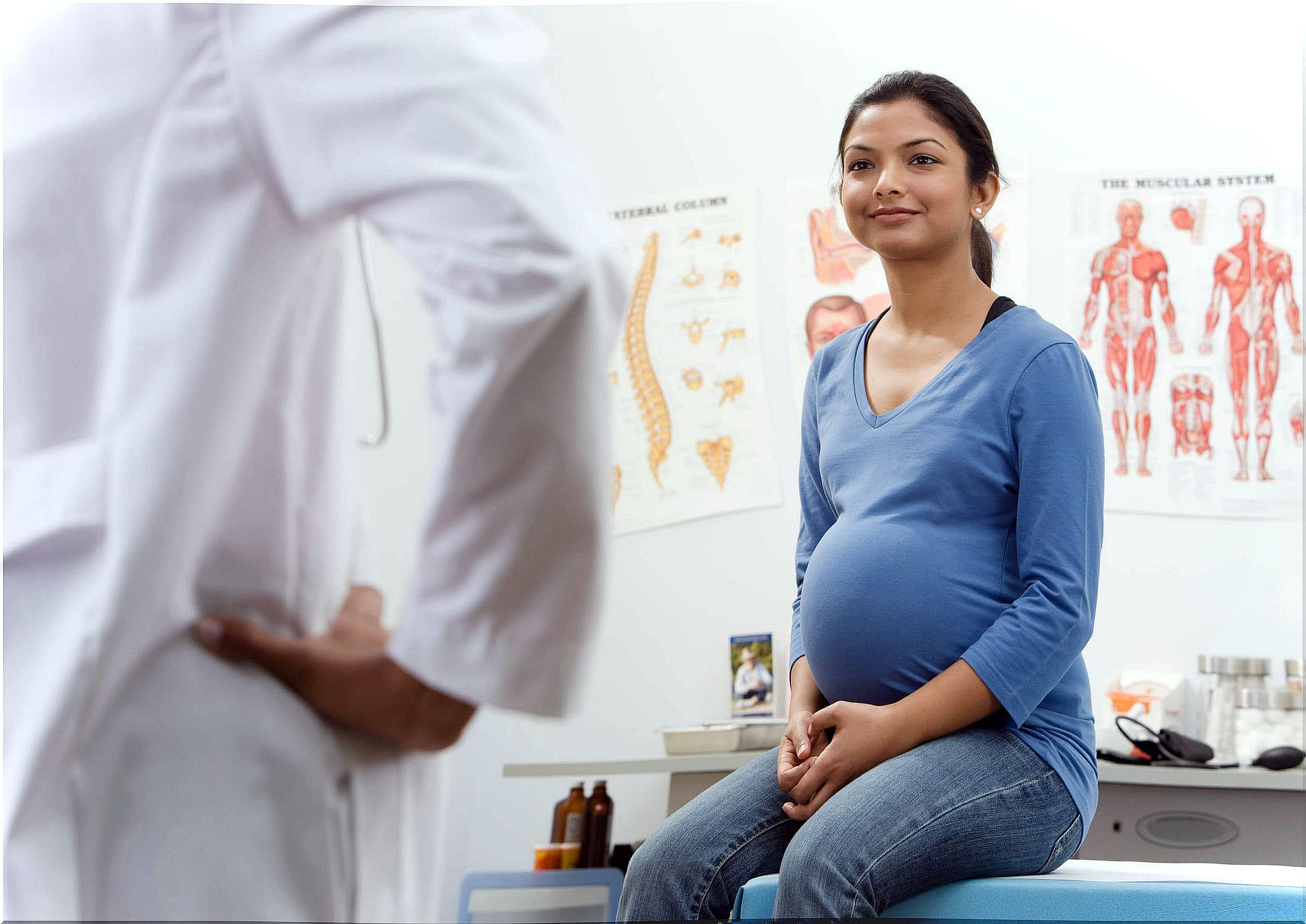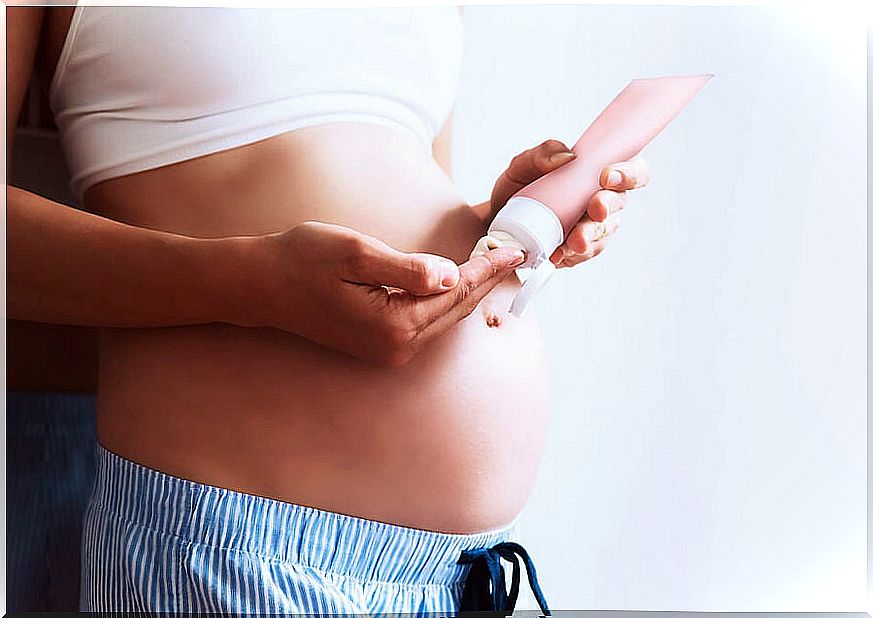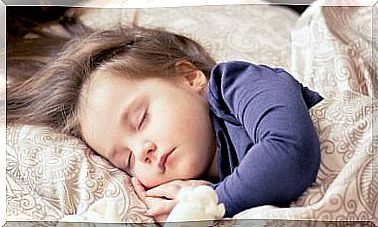Hair And Skin Changes During Pregnancy

Changes in hair and skin during pregnancy are some of the important and complex physiological processes that develop in this pregnant state. More than 90% of women will have changes in their skin, hair and nails. In addition, there may be an influence on the course of pre-existing skin diseases that could improve or show exacerbations.
Hair and skin changes during pregnancy
Hair and skin changes that occur during pregnancy include pigmentary changes, vascular alterations, stretch marks, hair changes, and even nails.
Consequently, it is recommended to eat a varied and nutritious diet, the application of emollients constantly, the use of sunscreen greater than 50 with its corresponding reapplication every 2 hours.
Increased hair thickness
Hair can appear thicker during pregnancy and even have a greater diameter than its shaft. In fact, this gives you a healthier and more vigorous appearance.
This thickening may be due to the delay in the fall and the permanence of the follicles in the anagen phase of the hair cycle for longer times during pregnancy.

Increased amount of hair
Some of the manifestations that occur during pregnancy are hirsutism and hypertrichosis in its mild and moderate forms. These changes in the amount of hair resolve spontaneously after delivery.
These conditions are triggered by elevated levels of estrogens and androgens during the second half of pregnancy. This is why postpartum hair loss is noticeable between weeks 6 and 16, called telogen effluvium.
Presence of telangiectasias, one of the changes in hair and skin
The vascular changes that are expressed in the skin are the product of the serum elevation of the pituitary, adrenal, and placental hormones that stimulate vascular growth.
Telangiectasias or spider veins are lesions with a slight reddish relief on the skin, in most cases on the face, upper part of the chest, neck and arm. The vascular changes can also include the appearance of varicose veins, hemangiomas and granulomas.
Formation of striae gravidarum
Stretch marks or distension are seen in 90% of women from the sixth month of pregnancy on the thighs, breasts and abdomen.
It is recommended to generate the daily routine of applying moisturizing cream several times to prevent its development and counteract the alterations that occur in the connective tissue. The lower abdomen is the site that is affected in most cases.
Hyperpigmentation
Hyperpigmentation is one of the most common signs of pregnancy due to increased levels of estrogen and progesterone. Consequently, estrogen increases melanin production by melanocytes and the effect of estrogen is enhanced by progesterone.
These changes begin to be seen from the first trimester of pregnancy and are more frequently located in areas that are already pigmented, especially the nipples, areola and genital areas.
Even recently generated scars, ephelides and moles also darken and can even increase in size. In the second trimester the hyperpigmentation of the linea alba in the abdomen becomes more evident .
Chloasma or pregnancy mask
In turn, there is an irregular brownish pigmentation on the face over the malar or midface region, called chloasma or melasma.
To try to avoid this condition, it is advisable to avoid sun exposure or the use of efficient sunscreens since, if not, after childbirth, patients usually go to the doctor’s office due to the discomfort and insecurity caused by this hyperpigmented spot on the perioral region, on the forehead or on the cheeks.

Appearance of soft tissue fibroids
Also called skin tags, they usually appear on the face, upper chest, or neck. During the last trimester of pregnancy they can be seen even under the breasts.
These are small bumps of skin that are connected by tiny pedicles. In turn, they do not cause pain or are contagious. They tend to go away on their own postpartum. However, in case this was not the case, they have easy handling and treatment by the dermatologist.
Hair and skin during pregnancy
The vast majority of hair and skin changes resolve postpartum, requiring only symptomatic treatment. In turn, some of them can be avoided with the constant daily application of emollient agents.
Explaining the physiological nature of these hair and skin changes during pregnancy to pregnant women can alleviate the distress they often experience.










